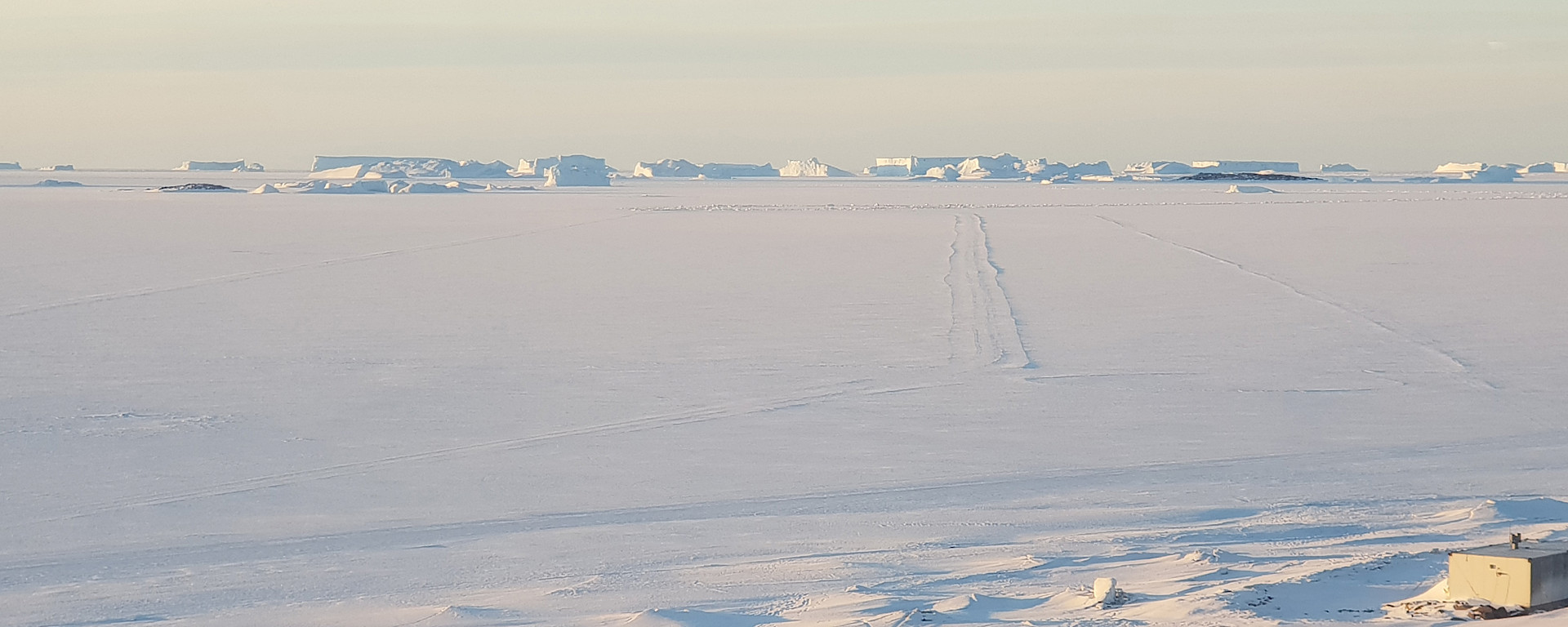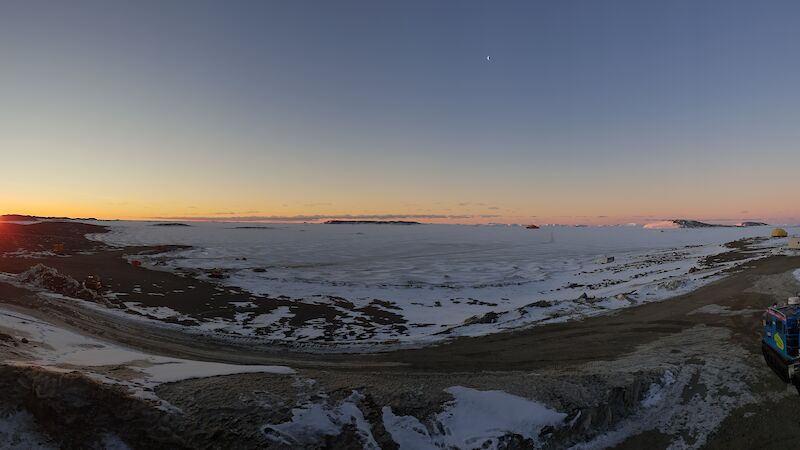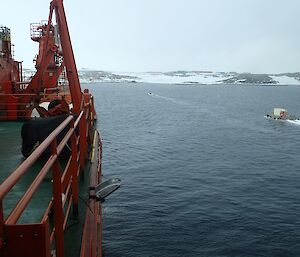Antarctic expeditioners are reaching for their eye-masks as the longest day of the year approaches.
Tomorrow is the summer solstice, when the earth’s geographical pole is most inclined towards the sun, bathing Antarctica in 24 hours of sunlight.
At Casey, Davis and Mawson research stations the sun doesn’t set between December and January, with Davis having the longest stretch of all-day sun (54 days) between 25 November and 18 January.
Davis Station Leader Simon Goninon said long days of consistently beautiful weather had made life and work on station a real pleasure.
“We’ve been able to enjoy clear skies and the changing light and reflections on the sea ice and passing icebergs for 24 hours a day, seven days a week,” he said.
“The summer solstice certainly provides an extended Director’s cut of this amazing, constantly changing light show.”
With resupply completed at Davis in November, biologists have been out in the field undertaking a Weddell seal survey; counting 178 seals, including 66 pups, on the fast ice.
Other expeditioners have transported equipment and machinery to the Davis Plateau ski landing area — or ‘Woop Woop’ — about 55km from the station, in preparation for summer aviation activities.
At Casey research station the icebreaker Aurora Australis is moored in Newcomb Bay and the annual resupply is in progress, with more than 600 tonnes of supplies moving from ship to shore, including food, water, vehicles, spare parts, construction materials, personal effects and fuel.
Casey expeditioners will no doubt be looking forward to some time in the sun once resupply is over.




